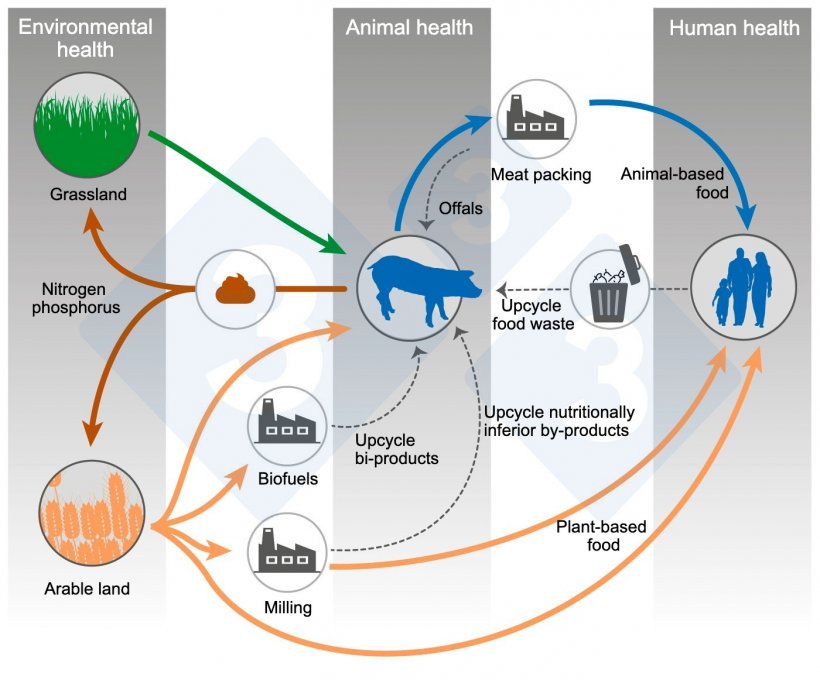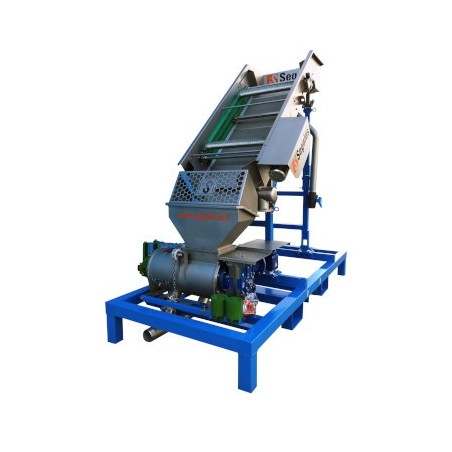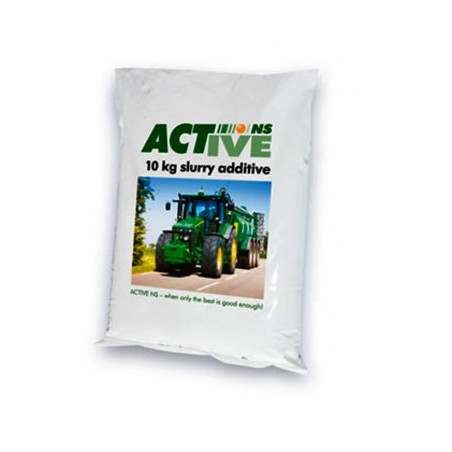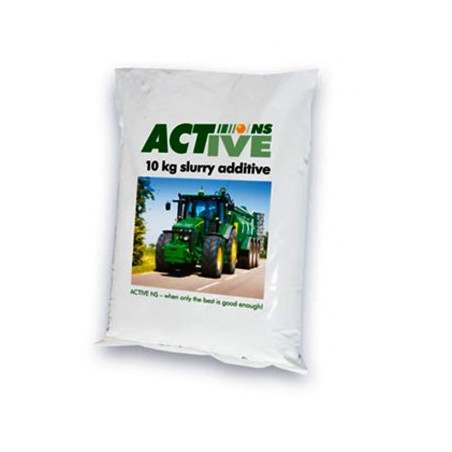The World Health Organization has defined One Health as an integrated, unifying approach to balance and optimize the health of people, animals, and the environment and involves multiple disciplines, communities, sectors, and all levels of society to work together to create long-term sustainable solutions. Consumers in many countries around the world have become increasingly interested in how their food is produced and expect it to be nutritious, safe, and environmentally sustainable. As a result, Life Cycle Assessment (LCA) of environmental impacts of food production, including pork production, are becoming important metrics to quantify processes from “farm to fork” that reduce carbon footprint, greenhouse gas emissions, land and water use, and other environmental impact indicators of concern. The feed industry plays an essential role in reducing the environmental footprint of pork production because feed not only represents the greatest cost, but the types and sources of ingredients used in swine diets greatly influence the environmental impact.
Sustainable swine feeding programs require the convergence of circular agriculture and food systems with One Health (Shurson and Urriola, 2022). The feed industry has a long history of contributing to a circular agriculture and economy by finding ways to recycle and capture nutritional value of agro-industrial by-products in swine feeds. The use of corn dried distillers grains with solubles, a co-product from fuel ethanol production, in swine diets is one of many examples of recycling nutrients from leftover biomass into feed to support acceptable animal health and performance (Jang et al., 2021). Further enhancement of nutritional value of this abundant bioethanol co-products has been shown in several recent research studies (Barnharst et al., 2021; Sun et al., 2021; Sun et al., 2023), where the use of a promising new processing technology involving solid state fermentation using selected fungal strains can degrade antinutritional factors and “upcycle” their nutritional value for swine. This technology can also be applied to other agro-industrial by-products, but more effort is needed to apply this technology on a commercial scale. Precision feed formulation using advanced analytical measures to accurately predict biological responses in pigs based on chemical composition of nutrients and diets they are fed are also essential components of precision swine feeding programs to improve nutrient utilization efficiency (Shurson et al., 2021).


Recycling various types of pre- and post-consumer food waste into swine can provide substantial benefits for reduction the environmental footprint of pork production, but appropriate infrastructure is needed for the feed industry to cost-effectively collect, thermally process, and dry various high moisture food waste source to meet biosafety regulatory requirements (Shurson, 2020; Shurson et al., 2022). Depending on the nutritional composition of a food waste source, small amounts (< 10% of the diet) can provide substantial environmental and economic benefits without compromising pig growth performance, health, and carcass quality (Shurson et al., 2022). The feed industry also needs to provide leadership by using multi-objective feed formulation and incorporating LCA data into formulating economical, nutritionally adequate, low environmental impact swine diets (Garcia-Launay et al., 2018; de Quelen et al., 2021).
In a global economy, trade of raw materials, feed ingredients, and food products among countries increases the likelihood of transmission of foreign animal diseases (Shurson et al., 2022; Schambow et al., 2022). Perhaps the most notable area requiring immediate attention is the recognition that many swine viruses are potential hazards for contamination in feed ingredients which could lead to transmission of disease (Shurson et al., 2021). Food safety regulations are more stringent than feed safety regulations to protect consumers from foodborne illness. Because of the economic significance of a country contracting a foreign animal disease such as African swine fever, the feed industry should be adopting practices used in current food safety protocols and applying them to global feed supply chains. After all, feed is ultimately food. Biosecurity protocols for global feed supply chains should be based on Hazard Analysis and Risk-Based Preventive Controls and include standard operating procedures for Good Agriculture Practices, Sanitary Transport, Good Manufacturing Practices, and Good Warehousing Practices.
At the same time, the use of growth promoting levels of antibiotics in the production of pork products must be eliminated in all countries due to human and animal health concerns related to their contributions toward promoting antibiotic resistance (Shurson and Urriola, 2022). Pharmacological concentrations of dietary zinc from zinc oxide in weaned pig diets have been used as an effective alternative to antibiotics for promoting health and growth, but environmental concerns regarding accumulation of zinc in soil from long-term manure applications, and potential contributions to antimicrobial resistance have led to regulations restricting dietary zinc levels in swine diets the European Union (Shurson and Urriola, 2022). However, the amount of dietary zinc excreted from excessively high concentrations in vitamin-trace mineral premixes for finishing pigs exceeds the amount of zinc excreted from short-term feeding of pharmacological dietary levels of zinc to weaned pigs (Shurson et al., 2022). To overcome these concerns, greater emphasis should be placed on exploiting the use of functional ingredients and nutrients, which have nutraceutical properties to enhance swine health, as core components of swine feed formulations (Shurson et al., 2021). In conclusion, the feed industry has a significant and essential role to play in achieving One Health in pork production on multiple levels.







